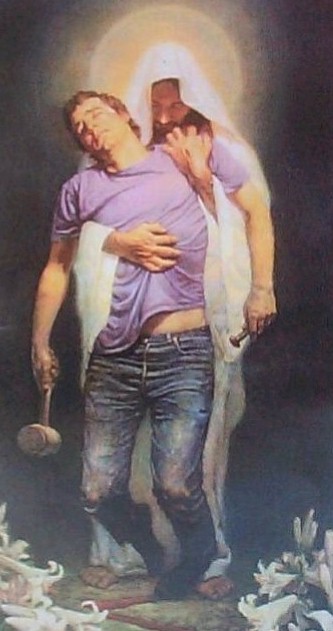1983
1996
1997
1998
2.
Halloweentown (October 17, 1998): http://www.youtube.com/watch?v=shcWUGlk9S4&feature=results_main&playnext=1&list=PL401FA7F42C5E34E8
1999
1.
Zenon: Girl of the 21st Century (January 23, 1999 ): http://www.youtube.com/watch?v=TalCSxNp_t4&feature=relmfu
7.
Don't Look Under the Bed (October 9, 1999): http://www.youtube.com/watch?v=S7Y9selbh98&feature=plcp
2000
2.
The Color of Friendship (February 5, 2000 ): http://www.youtube.com/watch?v=hwNtNVRStcc&feature=plcp
6.
Stepsister from Planet Weird (June 17, 2000 ): http://www.youtube.com/watch?v=fzPlS65aaUU&feature=relmfu
10.
Mom's Got a Date with a Vampire (October 13, 2000 ): http://www.youtube.com/watch?v=--mVzoIWUm8&feature=plcp
11.
Phantom of the Megaplex (November 10, 2000 ): http://www.youtube.com/watch?v=naPQkigdBxk&feature=plcp
2001
5.
Jett Jackson: The Movie (June 8, 2001 ): http://www.youtube.com/watch?v=U2yWbQ_w28Q&feature=relmfu
9.
Halloweentown II: Kalabar's Revenge (October 12, 2001 ): http://www.youtube.com/watch?v=QPxTXg1lZwc&feature=relmfu
2002
6.
A Ring of Endless Light (August 23, 2002 ): http://www.youtube.com/watch?v=xiOwx1u5I8c&feature=relmfu
2003
3.
Eddie's Million Dollar Cook-Off (July 18, 2003 ): http://www.youtube.com/watch?v=tbGLj5Kig8A&feature=plcp
6.
Kim Possible Movie: A Sitch in Time (November 28, 2003 ): http://www.youtube.com/watch?v=QedMSV5yrMU
2004
2005
Other
1.
Harriet the Spy: Blog Wars (March 26, 2010 ): http://www.youtube.com/watch?v=MmkhHqOZd7s&feature=plcp
3.
Hocus Pocus: http://www.youtube.com/watch?v=CAkTaInCDzk&feature=related
4.
H-E-Double Hockeysticks: http://www.youtube.com/watch?v=4i5BfObOhf4&feature=plcp
5.
Seventeen Again: http://www.youtube.com/watch?v=NAmCSWy_H6w&feature=plcp
6.
Model Behavior: http://www.youtube.com/watch?v=XXd6nV_7DPc&feature=plcp
8. My
Date with the President’s Daughter: http://www.youtube.com/watch?v=lCbyuPSBDyo&feature=plcp



 *"Forgiven"
*"Forgiven"